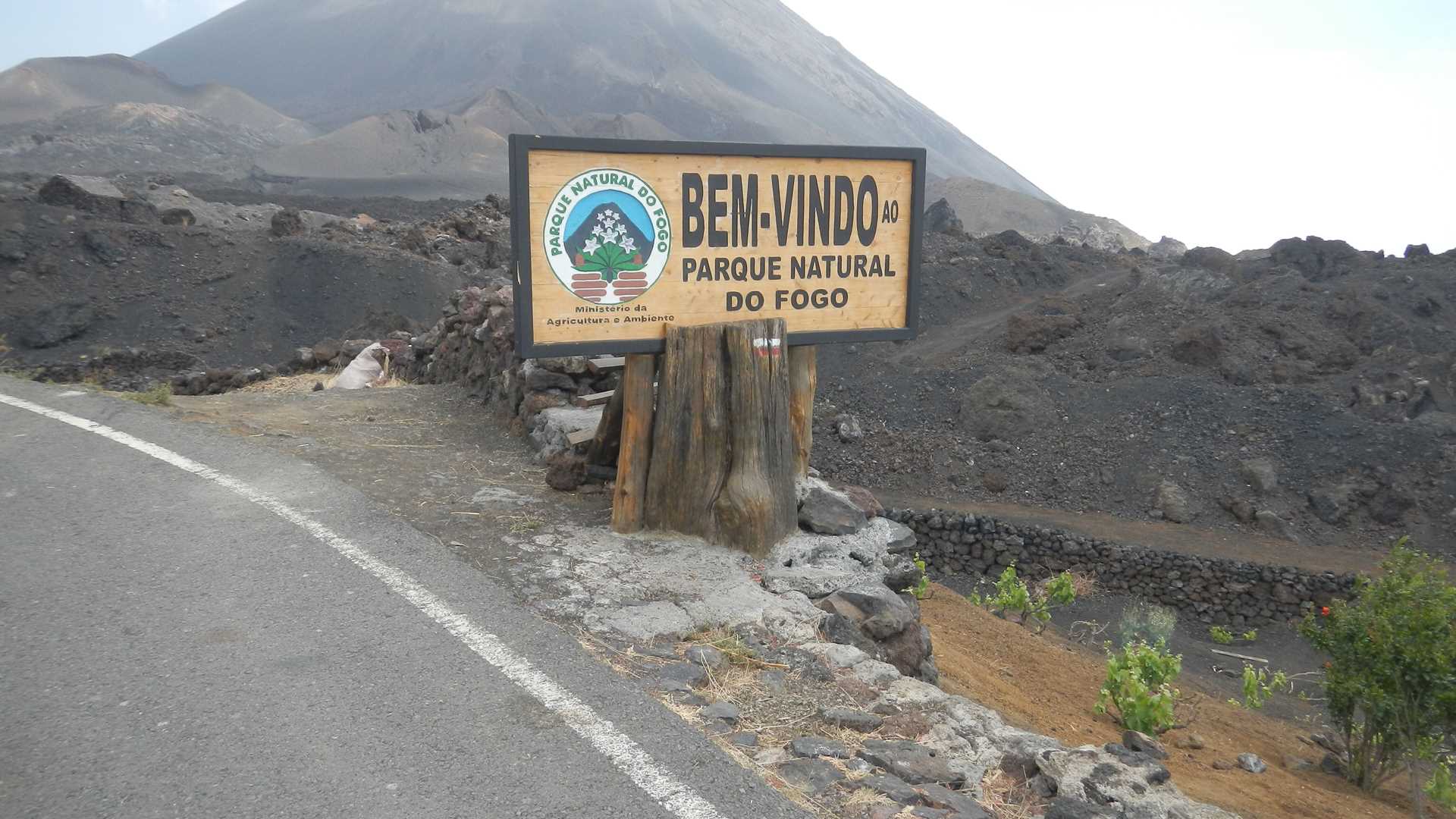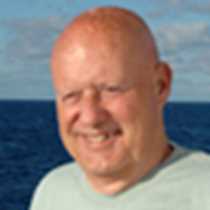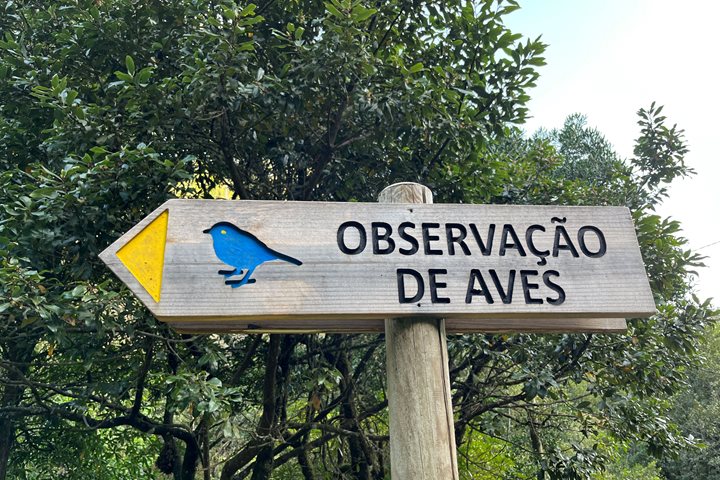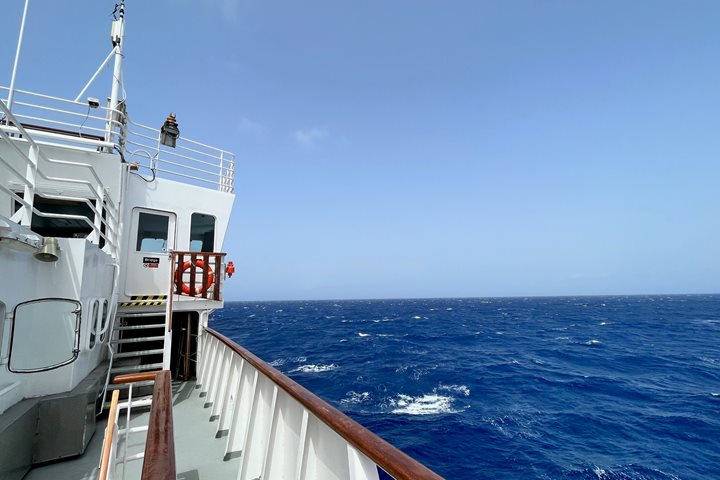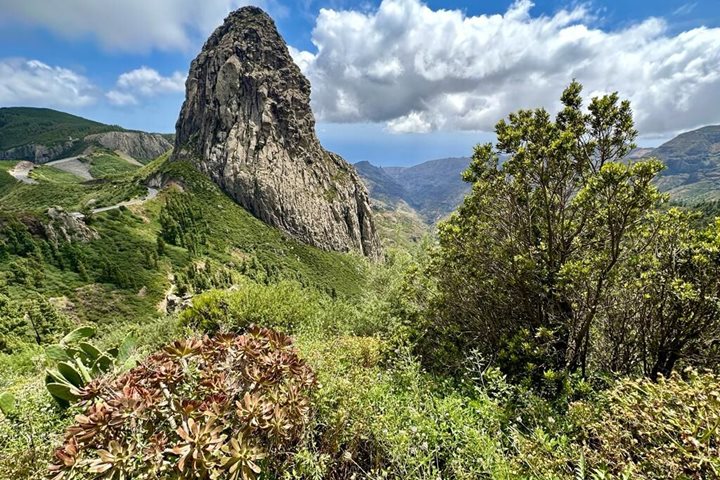Today we visited Fogo, the famous, active volcano of the Cape Verde Islands. Fogo (“fire” in Portuguese) has been erupting episodically since at least 1500 and likely for centuries or millennia before that. Pirate William Dampier observed an eruption in 1632. We took our Zodiacs ashore into the small harbor and rode on local vans from the coastal town of São Felipe up into the mountains and into the caldera itself. We drove across lava from the 1951 eruption which breached the caldera rim, and we walked past the sign welcoming us to the National Park and past the blocky lava from the eruption. We then drove along the old road into the caldera. We soon encountered a detour necessitated by the fact that the most recent eruption in 2014 had covered the road with a lava flow that was about seven meters thick. The new road took us around the caldera wall to the little village of Cha das Caldeiras. The village was destroyed by lava in the 1995 eruption, rebuilt, and then destroyed again by the 2014 lava. Fresh lava is everywhere throughout the village, but residents are slowly rebuilding once again and have constructed a number of new houses, a new inn, and a new winery to continue the wine business that was flourishing before the most recent eruption. We were tremendously impressed by the persistence of the citizens of Cha das Caldeiras, who began rebuilding in 2015 while the lava was still glowing. After our inspiring visit to the caldera and the village of Cha, we returned to the harbor and once again took our Zodiacs back to National Geographic Explorer. We weighed anchor and continued our northward voyage to our next landing in the Canary Islands.
4/11/2023
Read
National Geographic Explorer
Madeira
We awoke to a beautiful morning in our final destination – Madeira! We had an early start with a full day of activities that began with the first departures at 7:30 a.m. Following an early breakfast, the birders among us departed for the Madeira highlands to look for several endemic species, including the laurel pigeon, the Madeira firecrest pipit, the chaffinch, and the Micronesian kestrel! The second morning departure headed for a scenic drive around the island and up to the Pico dos Barcelos to take in the fantastic panoramic views of Funchal, including the bay, the harbor, and the surrounding hills. We passed through the village of Cârmara de Lobos, the Sea Wolves Lair, a charming fishing village once painted by Winston Churchill. We continued our drive through forests of pine and eucalyptus on our way to Cabo Girão, the highest cliff in Europe with views as far as the eye can see! In the late morning, we headed up the mountain pass and along the vineyards of Estreito de Câmara Lobos, followed by a tasting of wine and “ginja,” the local brandy. The last of the morning departures took the rest of us on a full day tour of this remarkable island! We drove through small villages, along the central mountain range, and over the island to Pico do Arieiro, the island’s third highest peak. We descended into the village of Santana with its charming and traditional houses and vineyards to have lunch. In the afternoon, we arrived at Porto da Cruize for a short visit. On the way back to the ship, we made a photo stop at Ponta do Garajau and Christ the Redeemer, with his outstretched arms overlooking the sea. Following lunch on board National Geographic Explorer , afternoon half-day tours begin. These started with a food and culture tour, where we were guided through seven food-tasting locations to sample the best of the regional flavors of Madeira! The more adventurous departed for a half-day hiking tour along the island’s eastern coast. Hikers kept an eye out for butterflies and endemic birds along the way. In the evening, we were treated to a performance by local folklore group Boa Nova on board National Geographic Explorer . By the end of the performance, many guests were on their feet dancing!

